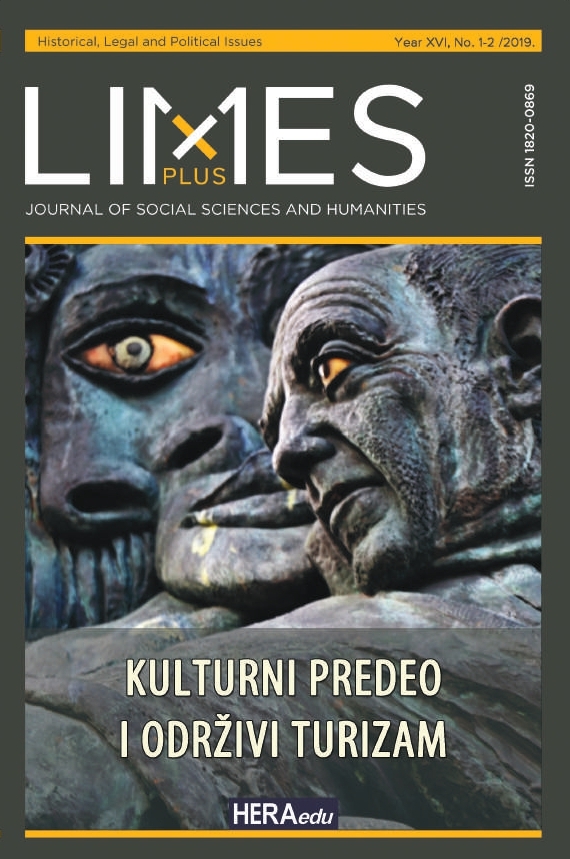Da li proces komodifikacije umetnosti i dizajna narušava kulturni indentitet?
Does the process of commodification of art and design disrupt cultural identity?
Author(s): Jovan Borišić, Siniša ZarićSubject(s): Fine Arts / Performing Arts, Museology & Heritage Studies, Recent History (1900 till today), Financial Markets, Identity of Collectives
Published by: HESPERIAedu
Keywords: economics of art; cultural institutions; cultural goods; intellectual property rights; art market; cultural identity;
Summary/Abstract: The art should be considered as skills and abilities of human expression, representing a creative manifest of human behaviour. Art is changing over time as well as its importance in society. The value of art is variable category, which is also suggested by frequent price fluctuations. Differences in cultures and value systems cause such variability. In the 20th and especially in the 21st century, art has been recognized in many developed countries as an area of special (national) significance. Utilization of art in companies business and decision making process has led economists to deal with this fields of research. The inclusion of economic research enabled cash-flow analysis in art and determining its justification of investments. Accordingly, it is necessary to distinguish the state’s influence on art (particularly through institutions and subsidies) and individual decision to engage in it. It is significant contribution of economics in analyzing ideas, their protection and dispersion within society. In this paper, we try to provide insight into theoretical and empirical research that observes art from the economic aspect, and in the light of the creation of a cultural identity that communicates with other groups (as well as with rising tourism trends). William Baumol and Mark Blaug gave the greatest theoretical contributions in this domain. The created theoretical basis gave an incentive to the expansion of economic studies of art starting from 1980. Bonding of art and economy contributed to the creation of Economics of Art as a specific discipline .For the purpose of the research, historical and comparative methods have been used. The continuity of observing phenomena and the possibility of their comparison is something that helps us to understand the economic outcome of art in different economic systems. The aim of this research is to demonstrate the extent to which human behavior shaped by institutions (formal and non-formal) supports and promotes the development of culture and art. Reviewing existing literature and showing case studies, we can contribute to a better understanding of this complex economic problematic.
Journal: LIMESplus
- Issue Year: 2019
- Issue No: 1-2
- Page Range: 13-34
- Page Count: 22
- Language: Serbian

